- Shop
New to UCAN?
- About
- How to use ?
- Learn
- Contact us
Beef Jerky Nutritional Value: An Athlete’s Guide to Fuelling & Recovery
Contents
- 1 Protein Shakes vs Beef Jerky Nutritional Value: An Athlete’s Guide to Fuelling & Recovery
- 1.1 A Look Under the Bonnet at Beef Jerky’s Nutritional Value
- 1.2 Why Protein Is Your Ultimate Recovery Partner
- 1.3 The Problem with Carbs (and why Sodium is a massive win)
- 1.4 The Unsung Heroes Inside Your Jerky
- 1.5 The Right Way to Time Your Jerky Intake
- 1.6 How to Choose the Best Jerky for Your Goals
- 1.7 Your Questions on Beef Jerky Answered
- 1.8 References
Protein Shakes vs Beef Jerky Nutritional Value: An Athlete’s Guide to Fuelling & Recovery
By Generation UCAN. Last updated: October 8, 2025
Let’s be honest. When you’re deep in a training block you need fuel that actually works. That’s why protein shakes feature strongly in many athlete toolkits — they provide a fast, controlled dose of protein and carbohydrates when timing matters. Beef jerky, by contrast, is a genuine powerhouse for slow-release protein and micronutrients. Its classic profile is high in protein, low in fat, and very low in carbohydrates. That defines the core beef jerky nutritional value, but whether it’s the right choice for fuelling your endurance activities depends entirely on how and when you use it.
Quick takeaways: Beef jerky = excellent post-session protein + sodium and iron; not a mid-race carb source. Use jerky as part of a post-workout package (jerky + fast carbs or a protein shake) and for pre-loading sodium during hot Aussie sessions. Treat jerky as recovery, not race fuel.
A Look Under the Bonnet at Beef Jerky’s Nutritional Value
Let’s get straight to the point. You’re deep in a training block — maybe prepping for the Gold Coast Marathon or Ironman Cairns — and you need fuel that works. Where does beef jerky fit? Here’s the no-nonsense breakdown, opened up to show actionable decisions rather than vague nutrition platitudes.
We’ll focus on the big three—protein, fat and carbs—then map those to real training use. The high protein content is a major win for muscle repair; the near-zero carb count is exactly why jerky is a poor choice if you need immediate, high-intensity fuel. Historically, jerky was developed as a highly portable preserved food that doesn’t require refrigeration — which explains its shelf stability and why it’s handy in race drop bags or training kits.
The Aussie Advantage
Local Australian producers often use lean cuts and simpler ingredient lists. Many brands now produce jerky with minimal sugar and without nitrates or gluten, which makes them attractive to endurance athletes who travel to humid training camps or multi-day events. Typical artisan Aussie jerky often hits a very high protein-to-calorie ratio — some samples approach 50–55% protein by dry weight while keeping fat low. That translates to a compact, transportable source of amino acids that’s hard to replicate with whole-food snacks on the road.
Use-case (what to do): Pack a 25–50 g portion of quality jerky in your drop-bag for post-race recovery if you expect to finish sweaty and depleted.
Why it works: dense, shelf-stable protein + sodium for early rehydration.
How to apply (Aussie race context): at Ironman Cairns, put a small sealed bag in your transition drop-bag to open immediately post-finish while you wait for the recovery crew.
Typical Beef Jerky Nutrition At a Glance (Per 25g Serve)
| Nutrient | Typical Amount | Why It Matters for Athletes |
|---|---|---|
| Energy | ~70–110 kcal (varies by brand) | Low-calorie, nutrient-dense snack — useful post-session without overfilling your daily energy budget. |
| Protein | ~10–15 g | The repair nutrient: supplies essential amino acids and leucine needed to stimulate muscle protein synthesis.[1][2] |
| Carbohydrates | <1–3 g | Essential distinction: jerky provides negligible carbs — not an in-event energy source for races or intense intervals. |
| Fat | ~1–6 g | Usually low; easy to digest post-exercise for most athletes. |
| Sodium | ~300–500 mg | Useful for replacing sweat sodium losses in hot conditions and supporting fluid retention during rehydration.[4][5] |
| Iron | ~0.8–1.5 mg | Important for oxygen transport and endurance; jerky contributes bioavailable haem-iron for athletes at risk of deficiency.[6][8] |
| Zinc & B12 | Small but meaningful amounts | Supports immune function and energy metabolism during heavy training blocks. |
Notes on data: brand labels vary — some small-batch jerky is leaner (higher % protein), while some cured varieties add sugar and fat. For a baseline nutritional profile refer to standard food composition databases (serving estimates derived from public nutrition databases).[7]
Why Protein Is Your Ultimate Recovery Partner
That protein number on the packet isn’t marketing — it’s the tool you use to rebuild. After a long run along the Yarra or a hill session in the Adelaide Hills, microscopic muscle damage needs repair. Sufficient essential amino acids, especially leucine, are necessary to trigger muscle protein synthesis (MPS). The muscle wins you want—improved power, greater fatigue resistance, faster repeatability—come from repeatedly creating net positive MPS over days and weeks, not from a single snack.[1][2][3]
What to do: aim for a recovery serving that includes ~20–30 g of high-quality protein across your immediate post-session window. Jerky can supply a portion of that, but often you’ll pair it with a quick protein shake or another quick-carb/protein option to hit the target.
Why it works: research on protein timing and leucine thresholds shows that delivering essential amino acids close to the end of exercise supports net MPS, and a leucine-rich protein source is effective at stimulating that response.[1][2][3]
How to apply (practical): after a 90–120 minute long ride, open a 25–50 g bag of jerky (10–20 g protein) and combine it with a 15–20 g whey or UCAN Energy + Protein shake to reach the 25–30 g protein window quickly. This pairs the slow-digesting benefits of jerky (sustained amino acid availability) with the rapid availability of the shake.
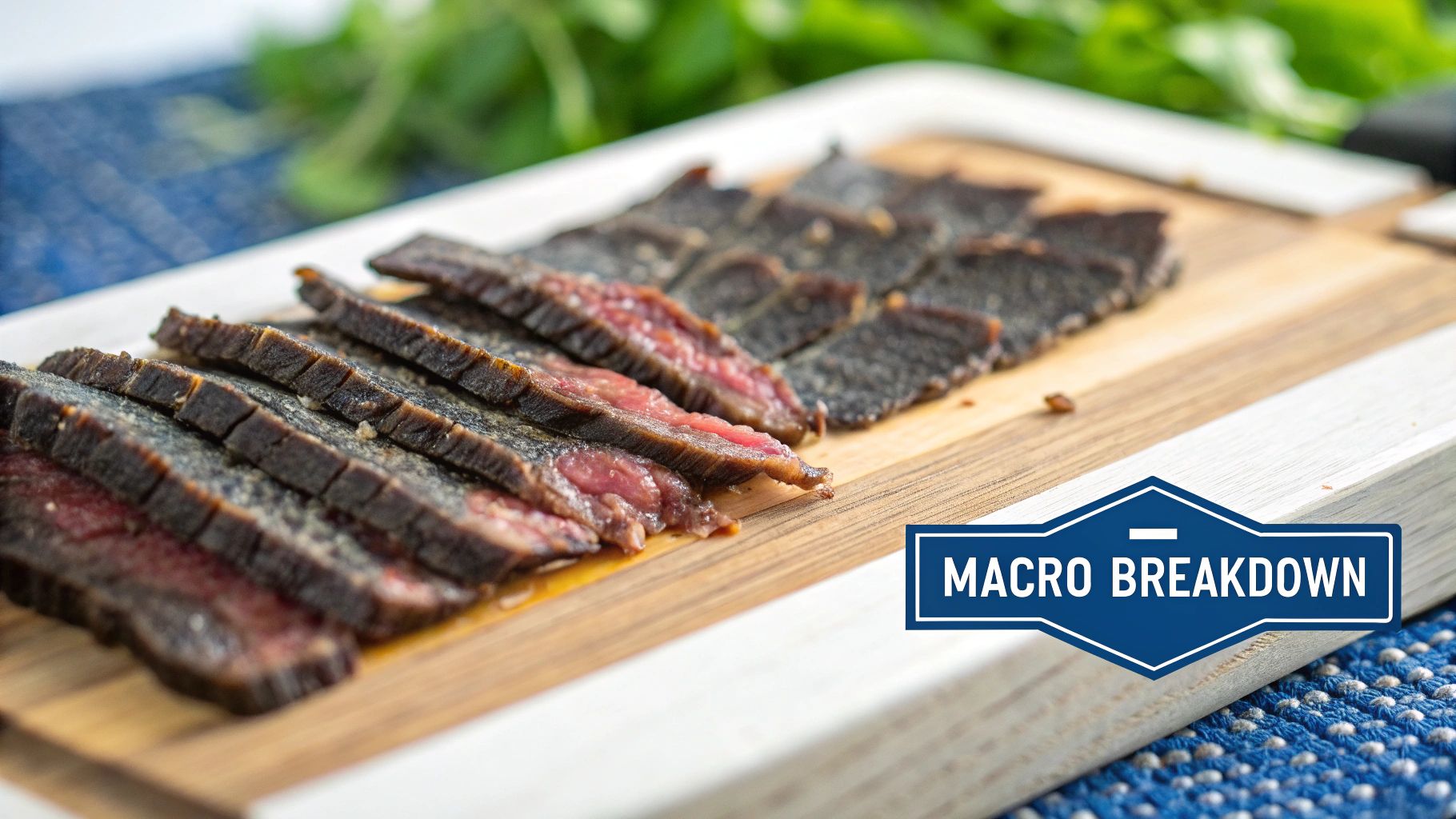
How to Actually Use Jerky for Recovery
Practical game plan — simple but precise:
- Within 30–60 minutes post-exercise: combine jerky (25 g) with a quick carbohydrate (banana, dates, or a UCAN Energy Gel if you need portable carbs) and — if you want faster protein delivery — a small protein shake to hit the 20–30 g protein target.[1][3]
- Why: carbs increase insulin and speed amino acid uptake into muscle; the combined approach accelerates initial recovery while jerky extends amino acid availability.
- How to apply: put a small kit in your post-session bag: 1 small bag of jerky + 1 UCAN Energy Gel (or banana) + 1 scoop of UCAN Energy + Protein if you expect a delayed meal.
Key Tip: For best recovery results, pair beef jerky with a fast-acting carbohydrate source — the carbs act like an express delivery service for the protein’s amino acids into muscle cells.
Putting It All Together After a Tough Session
Scenario: 90-minute threshold bike with four 6-minute efforts at FTP, you finish dehydrated and hungry.
- Within 30 minutes: 25 g jerky (~12 g protein) + banana OR UCAN Energy Gel to provide 25–30 g combined protein and 30–60 g fast carbs (if glycogen replenishment is a priority).
- Later (1–3 hours): normal meal with high-quality carbs + 20–40 g protein (example: rice, lean beef or plant option, salad).
- Why it works: early carbs restore insulin and glycogen pathways while jerky + shake provides the amino acid stimulus for MPS; later meal finishes restoration.
If you prefer a single, fast option: UCAN Energy + Protein offers a convenient way to supply targeted protein and carbs in one serving — useful when you can’t access whole foods immediately after a session. [3]
The Problem with Carbs (and why Sodium is a massive win)
Here’s the blunt fact: jerky won’t fuel a marathon or a VO₂-max set. Carbohydrate availability is the limiter during high-intensity sustained exercise. If you try to replace in-race gels with jerky, you’ll hit the wall — fast. Jerky digests slowly and provides hardly any usable carbs for on-the-bike or on-the-run energy demands.
However, sodium — often demonised on standard labels — is actually a strategic advantage for endurance athletes training in Aussie heat. Sodium supports fluid retention, helps maintain plasma volume and reduces the risk of cramping when combined with an effective hydration strategy.[4][5]
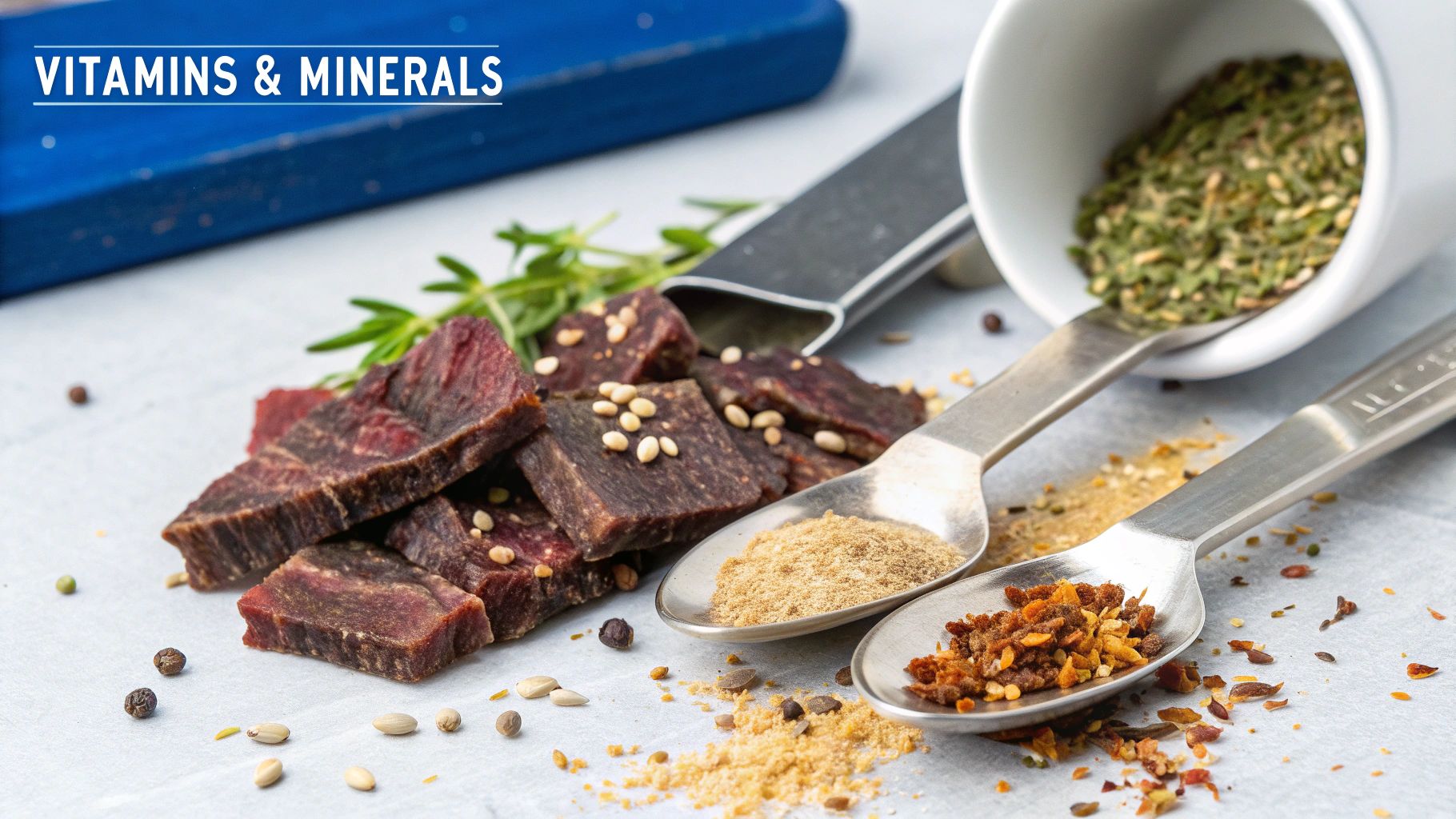
Sodium: Your Secret Weapon in the Heat
What to do: if you’re undertaking long sessions in humid conditions (Brisbane summers, Perth heat), include modest sodium pre-loading strategies and a post-session sodium-rich snack like jerky to accelerate rehydration.
Why it works: sodium promotes fluid retention, increases palatability of rehydration fluids, and supports electrolyte balance during recovery.[4][5][7]
How to apply: pre-race (2–4 hours) include a salty breakfast component on hot days (toast with salted peanut butter or small jerky portion), and after long efforts open jerky and drink 500–750 mL of electrolyte beverage that contains sodium (use UCAN electrolytes or a sports drink) to restore plasma volume more effectively.
Putting the Numbers into Context
Australian jerky sodium often sits around 300–500 mg per 25 g — useful but not a complete electrolyte solution. Sodium alone won’t replace full sweat losses; pair the jerky with a measured electrolyte drink if you’ve done a long, hot session. Systematic reviews show mixed evidence on sodium supplementation improving performance in cool conditions, but in hot/humid races its role in supporting fluid balance is more relevant to practical race-day management.[4][5][18]
The Unsung Heroes Inside Your Jerky
Don’t overlook the micronutrients. Jerky packs haem-iron, B12 and zinc — all meaningful in an endurance context.
Iron, Zinc, and the Vitamin B Crew
What to do: use jerky as a convenient haem-iron snack on heavy training days or travel days when whole-food iron sources are harder to access.
Why it works: iron is essential for oxygen transport (haemoglobin) and mitochondrial function — deficiencies blunt VO₂ max and endurance performance; athletes, especially females and heavy trainers, are at elevated risk of iron depletion.[6][8]
How to apply (Aussie race context): include jerky in weekly meal planning during heavy phases; pair with vitamin C rich foods (orange or kiwi) to enhance iron absorption at mealtimes.
Micronutrient note: small, frequent doses of haem-iron from foods like jerky can be a practical adjunct to a balanced diet or supplement plan when monitored by blood tests.
Jerky offers systemic support beyond simple protein — that’s why it can be a better road snack than many carb-only bar options when your priority is recovery and maintaining immune and iron status.
The Right Way to Time Your Jerky Intake
Timing determines whether jerky helps or hinders. Jerky digests slowly — it’s a deliberate, low-speed delivery of amino acids and sodium. Use it where digestion won’t compete with performance.
To illustrate, a simple chart (image retained above) breaks down the macronutrient focus per 100 g to show why timing matters.
When to Eat Jerky (The ‘Do’ List)
- 2–3 hours before a long, slow effort: 25–50 g provides sustained amino acids and satiety for Zone 2 days without spiking insulin.
- Within 30–60 minutes post-session: Pair 25 g jerky with fast carbs (banana, dates or a UCAN gel) to accelerate recovery and glycogen resynthesis.
- Mid-afternoon on rest days: 1 small pack to support daily protein quotas without a heavy meal.
When to Avoid Jerky (The ‘Don’t’ List)
- Within 90 minutes of race start or high-intensity sessions: too slow to digest; risk of GI distress.
- During races: chewing/slow digestion = energy diverted to gut; choose gels, chews or drinkable carbs instead (e.g., UCAN Energy Gel for steady fuel).
- Late-night snack before key sessions: excess sodium may increase overnight thirst and interrupt sleep — and sleep is critical for recovery.
Practical checklist: place jerky in your post-race drop bag, not in your on-bike nutrition pockets for high-intensity sets.
Beef Jerky Fuel Timing For Aussie Athletes
| Training Scenario | Jerky Timing Recommendation | Why It Works (or Doesn’t) |
|---|---|---|
| Long Slow Run (Zone 2) | GOOD: 2–3 hrs beforehand | Slow-release protein prevents catabolism and keeps you satiated without sugar crash. |
| Post-Workout Recovery | BEST: Within 30–60 min after | Muscles primed for repair; combine with carbs for optimal synthesis. |
| High-Intensity Interval Training | AVOID: Immediately before or during | Digestion diverts blood; causes cramps and sluggishness. |
| Race Day | AVOID: Within 2 hrs of start & during | Last thing you need is gut stress—use drinkable carbs and gels instead. |
| Rest Day Snack | GOOD: Mid-afternoon | High-protein snack to curb cravings and maintain recovery momentum. |
How to Choose the Best Jerky for Your Goals
Not all jerky is suitable. Your job at the supermarket or online checkout is to read the panel like a coach — not a consumer. Skip flashy claims and inspect macros and ingredients.
Checklist (What to look for):
- High protein-to-fat ratio — lean cuts only.
- Low sugar — under 2–3 g per serve ideally; >5 g makes it closer to candy.
- Short ingredients list — beef, salt, spices; avoid nitrates/nitrites if you can.
Brand note: Australian boutique brands focusing on grass-fed beef and minimal processing are often the best choice for athletes. If you want a single, combined quick option for post-session recovery, UCAN Energy + Protein is a convenient way to get protein + low-impact carbs in one serving. For in-event steady fuel, UCAN Energy Gels provide consistent, sugar-free energy for 60–75 minutes of effort depending on use-case.[3][10]
Embed (video retained): How to choose jerky — considerations
Reading the Label Like a Pro
Don’t be seduced by “all-natural” alone. Flip the pack and ask:
- How much protein per 25 g serve?
- How much sugar per serve?
- Is sodium reasonable for my daily plan?
Rule: if sugar is near the top of the ingredient list or >5 g per serve — discard it for training nutrition.
Two recommended internal resources for athletes: 👉 Shop UCAN Energy Gels and 👉 UCAN Energy + Protein.
Your Questions on Beef Jerky Answered

Will the Salt in Jerky Dehydrate Me?
Short answer: no, not if you hydrate sensibly. The sodium in jerky helps your body retain fluid during rehydration after a long sweat session — it’s a feature, not a bug. The danger is eating large amounts of jerky without fluid. Practical rule: always pair salty snacks with fluid and, after long sessions, an electrolyte beverage that replaces both sodium and fluid volume.[4][5][7]
How Much Jerky Is Too Much?
For most athletes a 25–50 g serving post-training is ideal (roughly 10–25 g protein). Eating several servings in one sitting provides diminishing returns on MPS and piles on unnecessary sodium. Treat jerky as a targeted recovery tool, not a meal replacement.
Is Beef Jerky Good for Ultra-Marathons or Triathlons?
During the event: no. Your gut needs easily digestible carbs. After the event: yes. Keep jerky in your finish-line kit or drop-bag for an early hit of protein and sodium while you wait for a full meal.
References
[1] Phillips SM. A brief review of critical processes in exercise-induced skeletal muscle remodelling. J Sports Sci. 2014.
[2] Stark M, et al. Protein timing and its effects on muscular hypertrophy and strength: a review. Nutr Metab. 2012.
[3] Jäger R, et al. ISSN Position Stand: Protein and exercise. J Int Soc Sports Nutr. 2017.
[4] Sawka MN, et al. American College of Sports Medicine Position Stand: Exercise and fluid replacement. Med Sci Sports Exerc. 2007.
[5] Armstrong LE, et al. Rehydration during Endurance Exercise: Challenges and evidence. Nutrients. 2021.
[6] Sim M. Iron considerations for the athlete: a narrative review. Sports Med. 2019.
[7] Public nutrition databases (USDA/Food composition databases) for typical jerky composition and brand labelling.
[8] Solberg A, et al. Iron status and physical performance in athletes. Sports Med Open. 2023.
Practical next step: If you want a compact recovery kit — pack 25–50 g high-quality jerky + a UCAN Energy Gel or a small scoop of UCAN Energy + Protein for sessions longer than 90 minutes. 👉 Shop UCAN Energy Gels

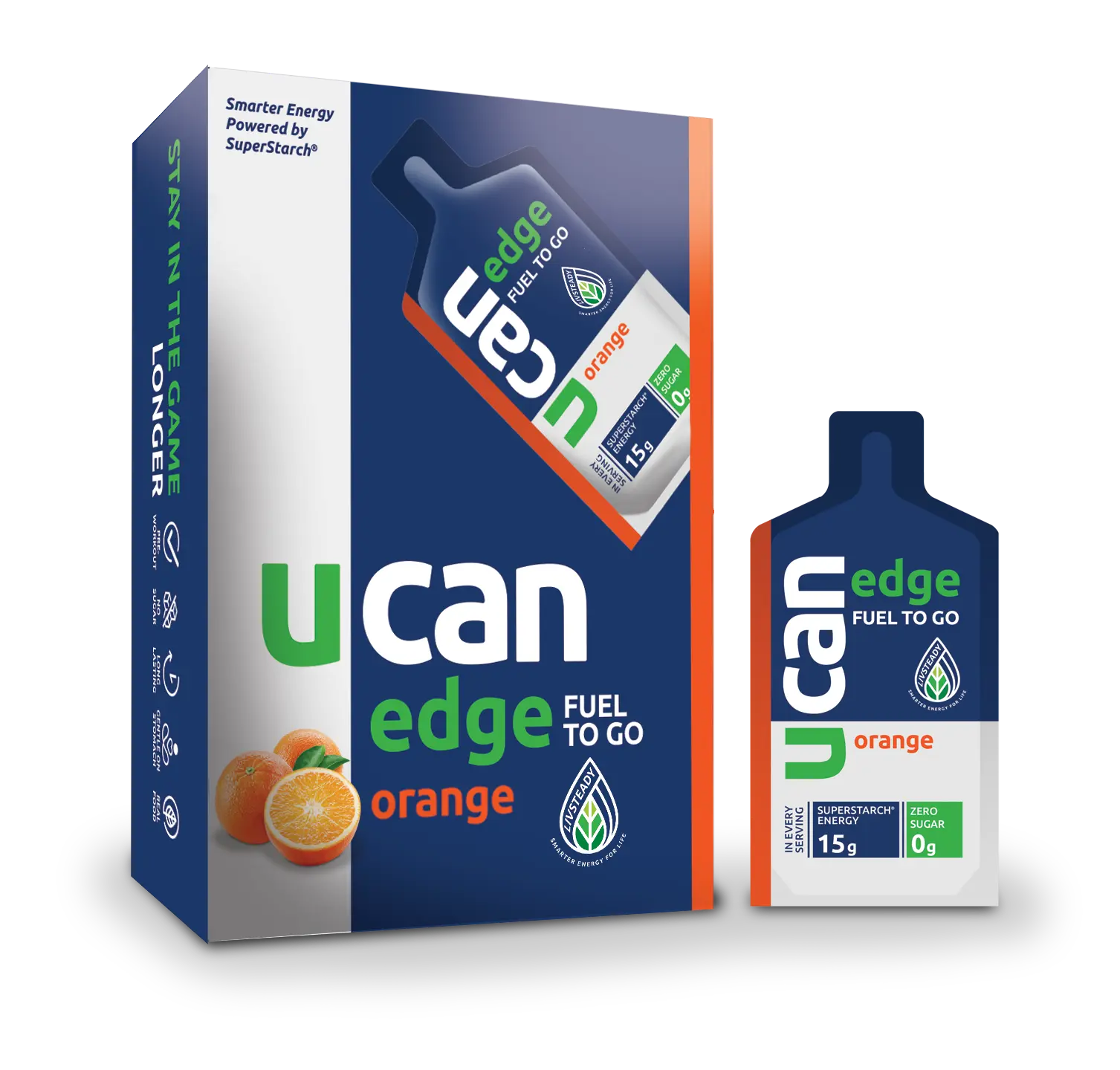
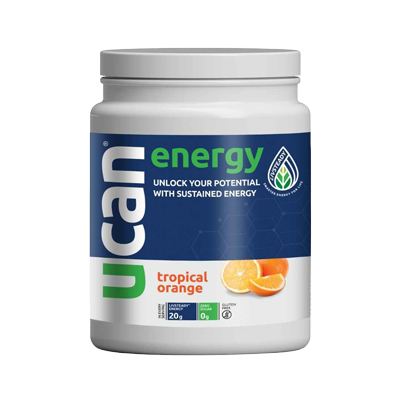
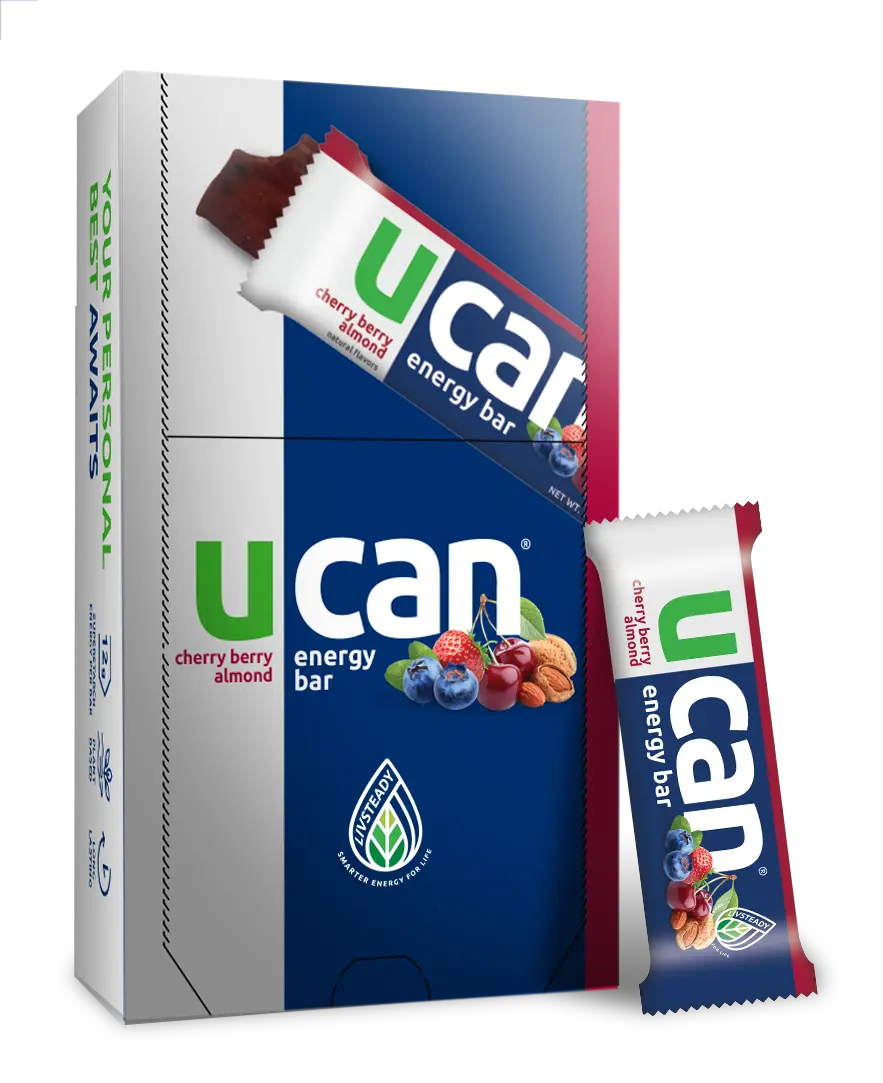
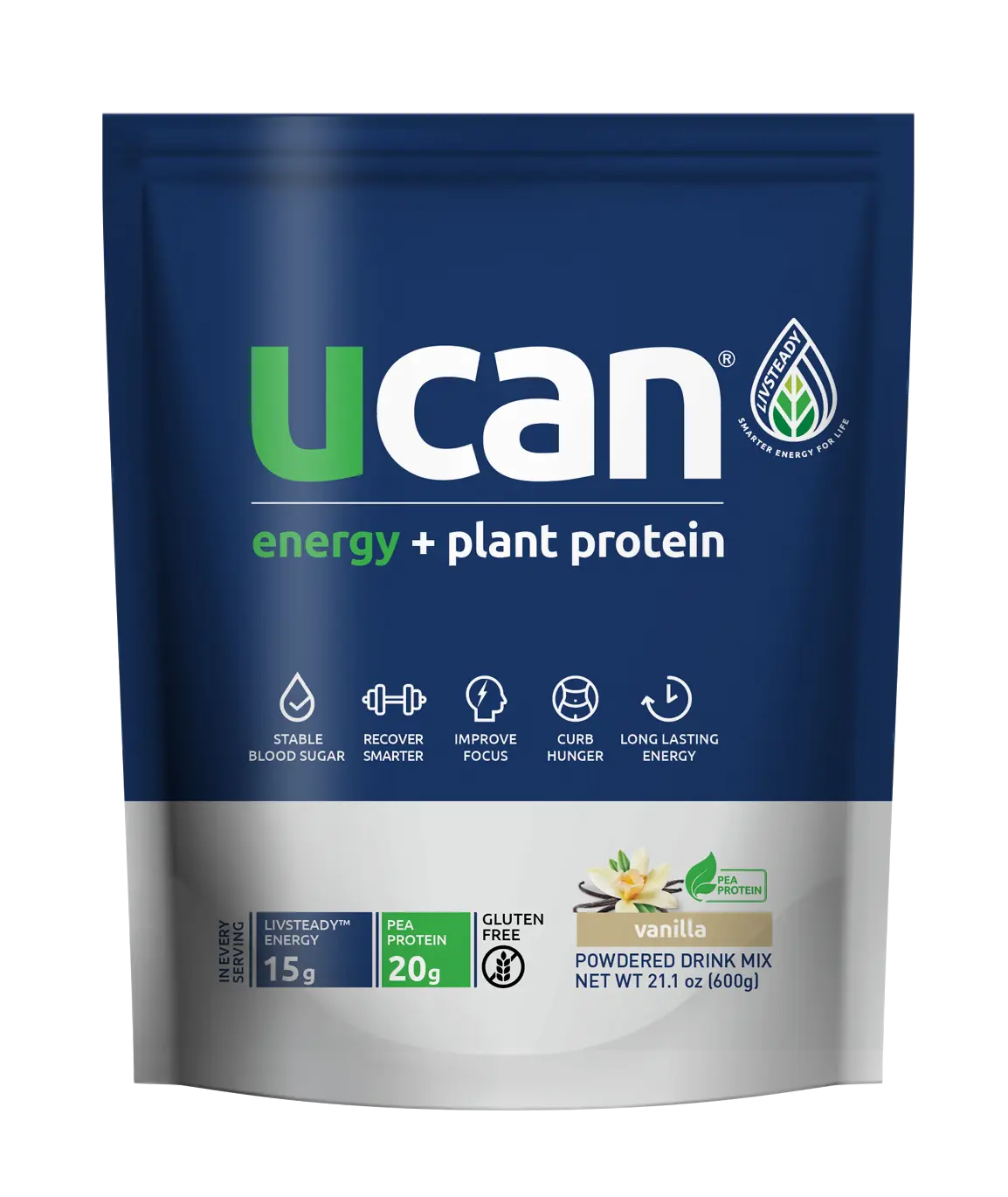
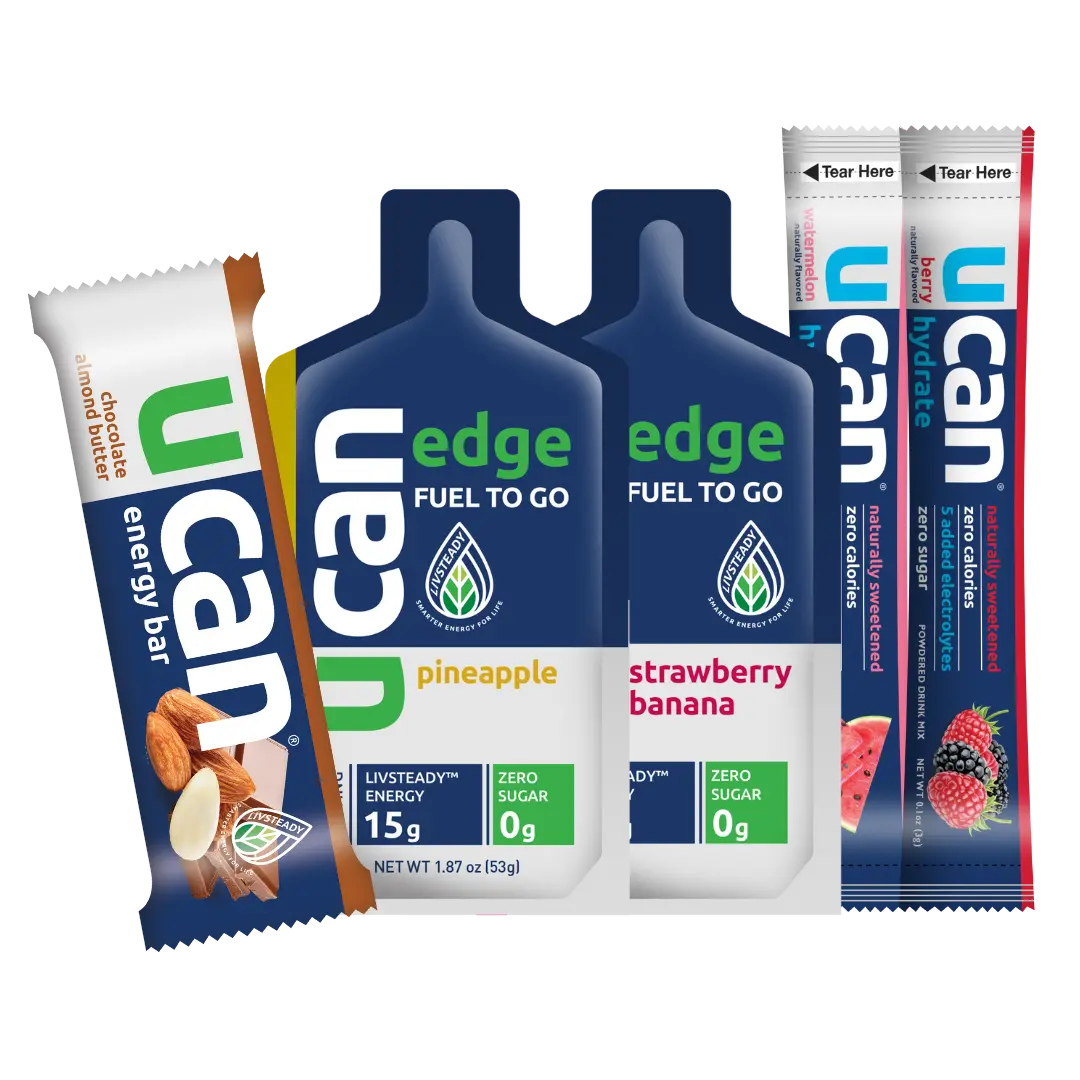
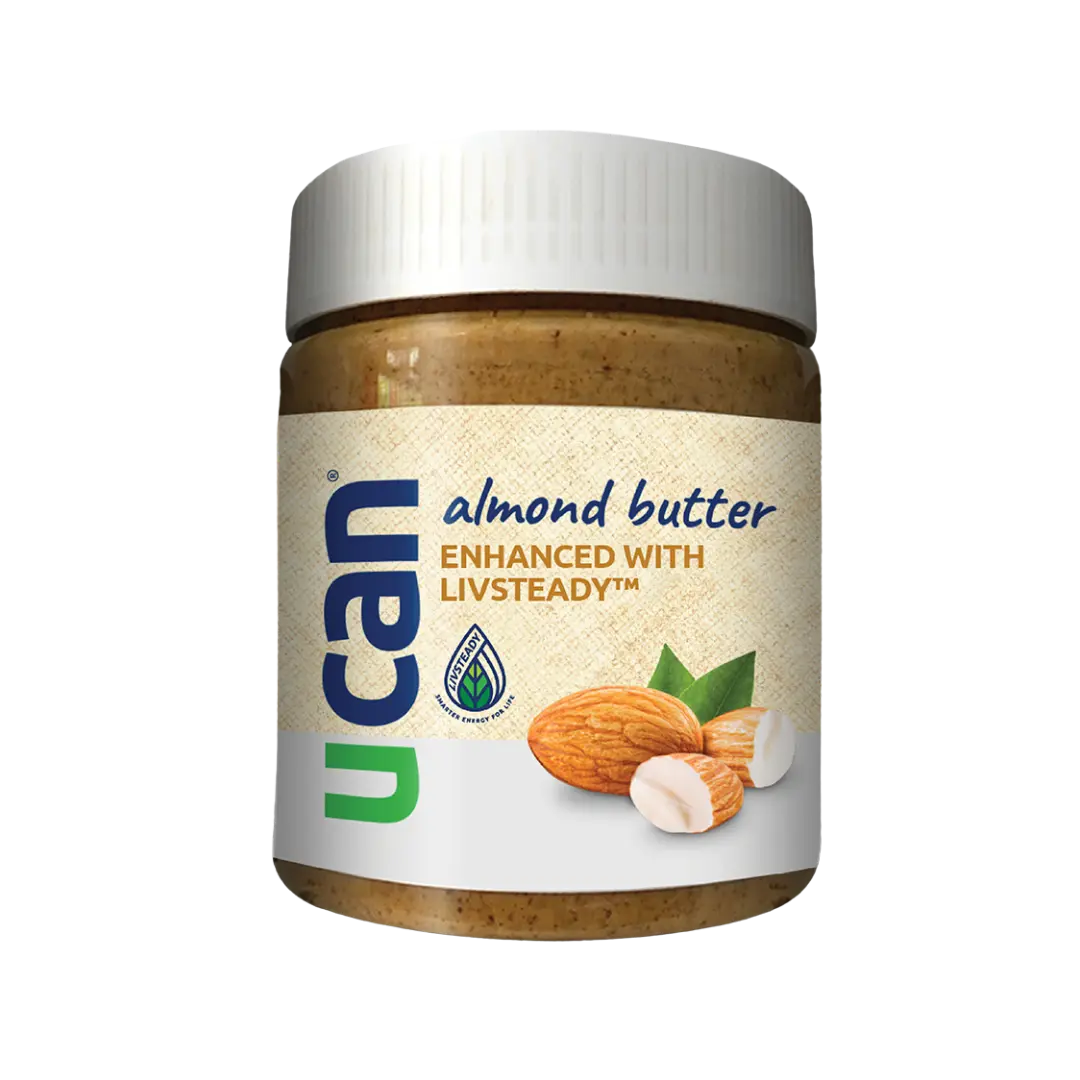
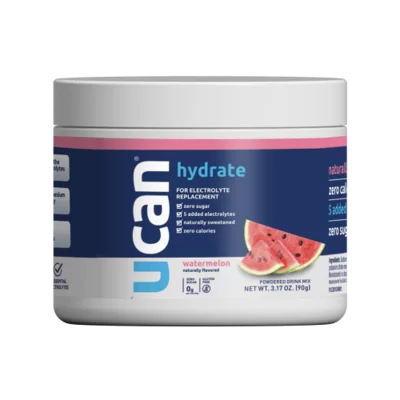
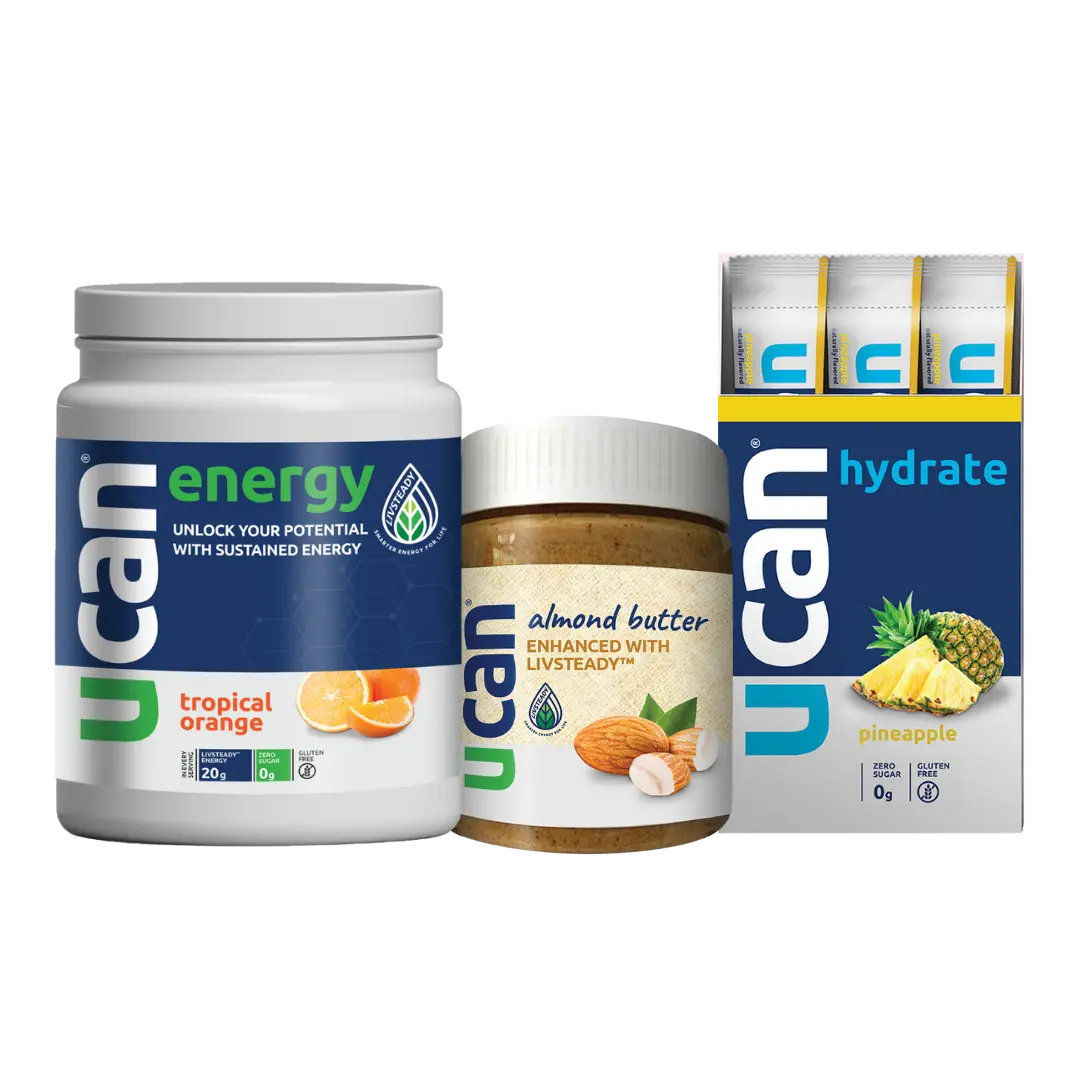
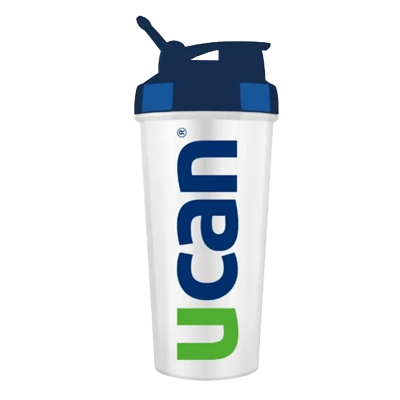
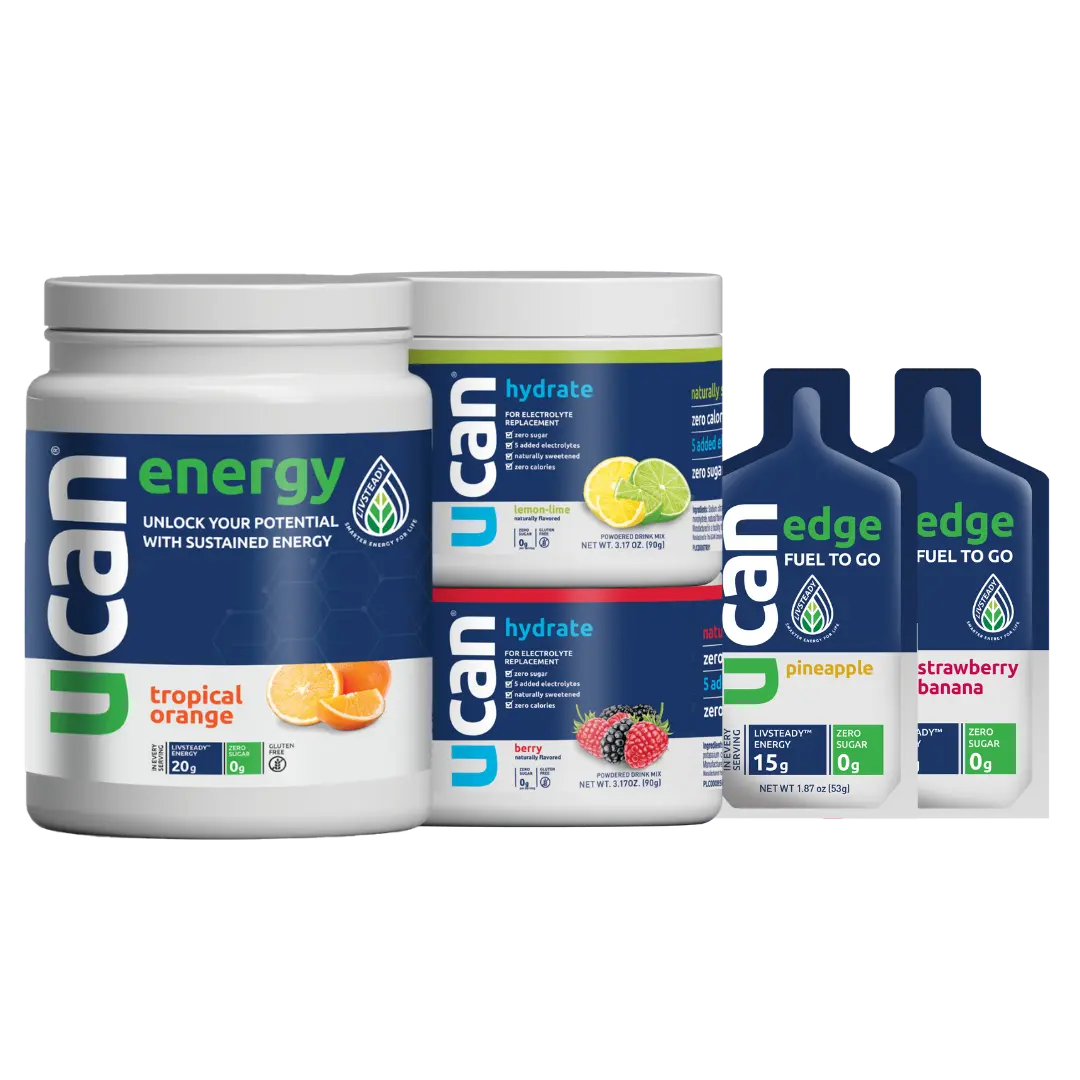

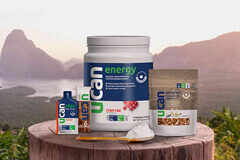


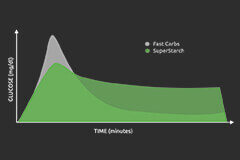

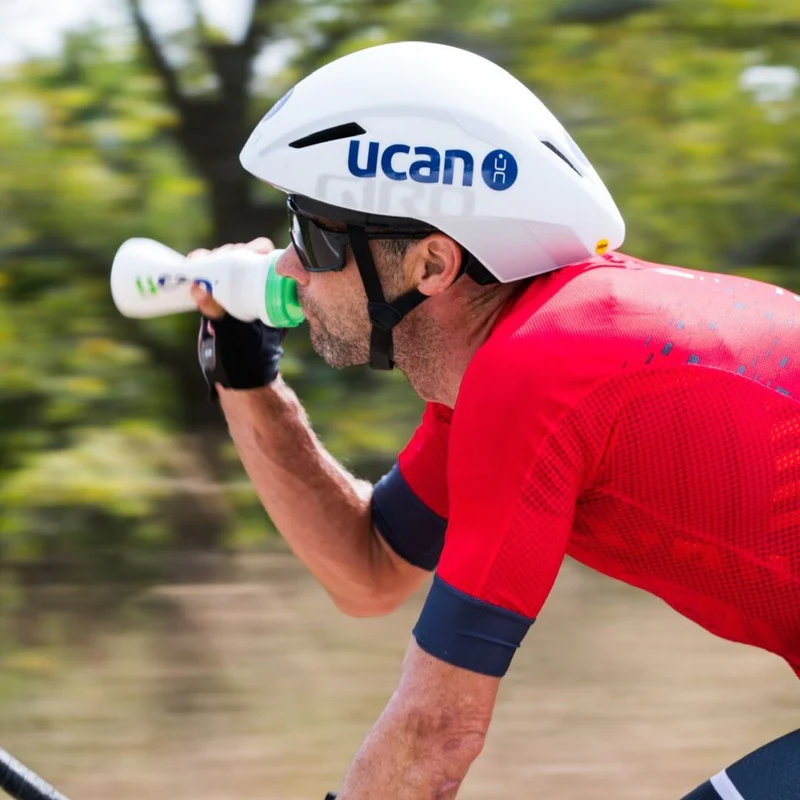




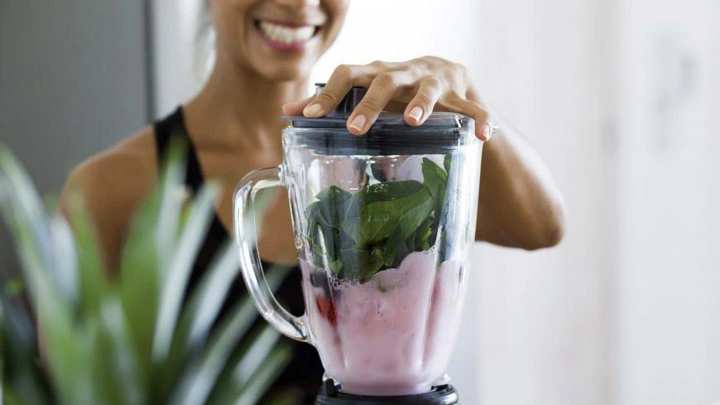













Comments are closed